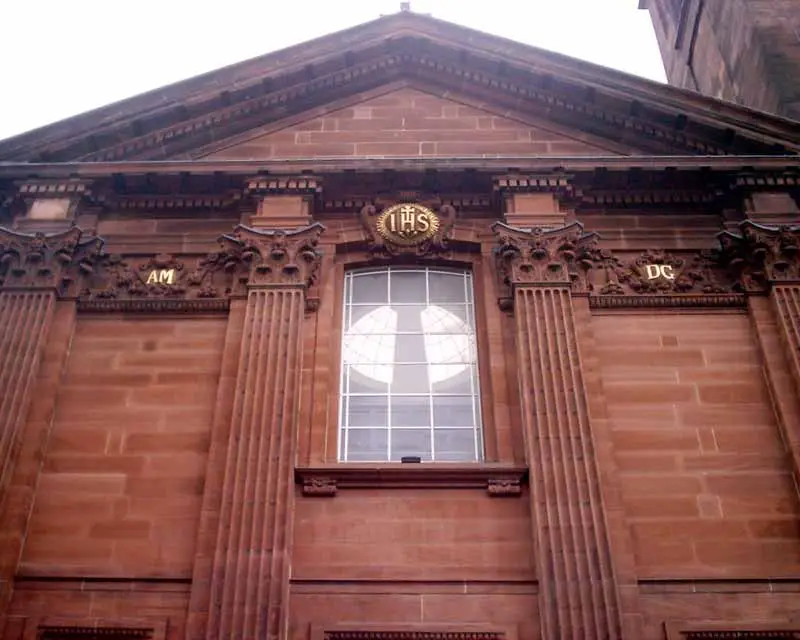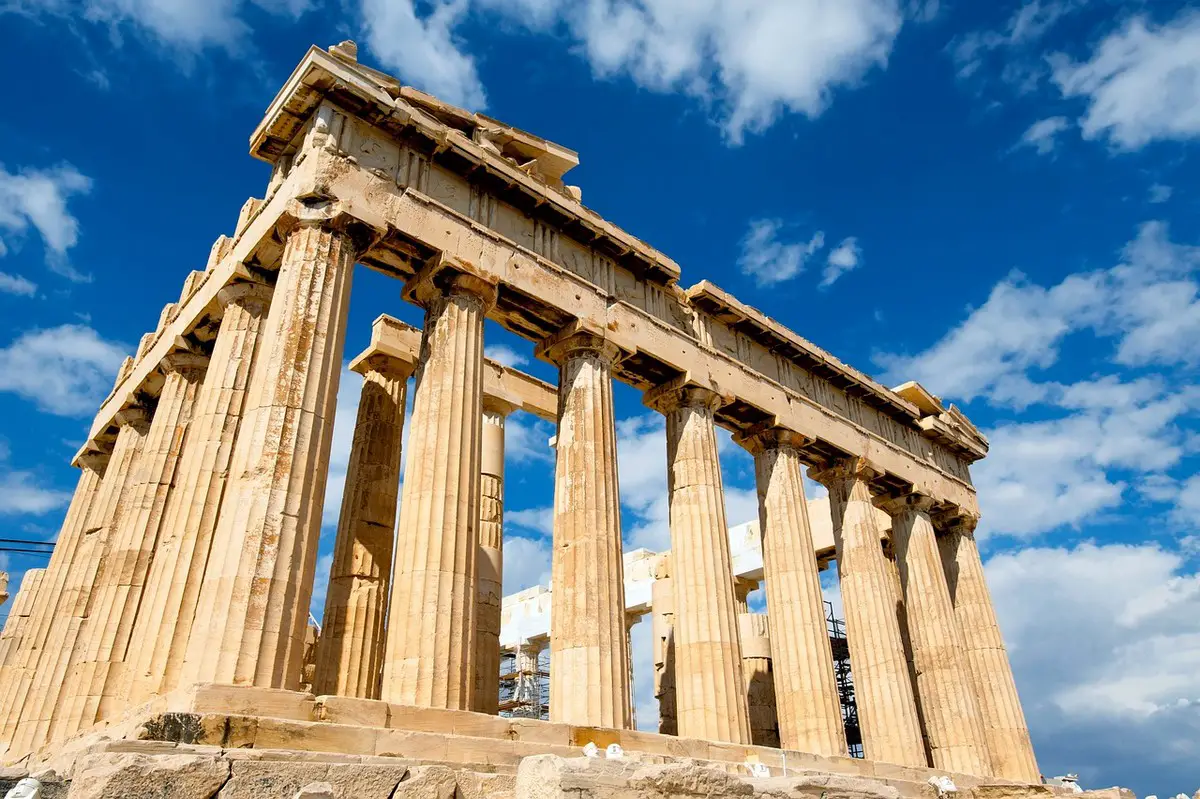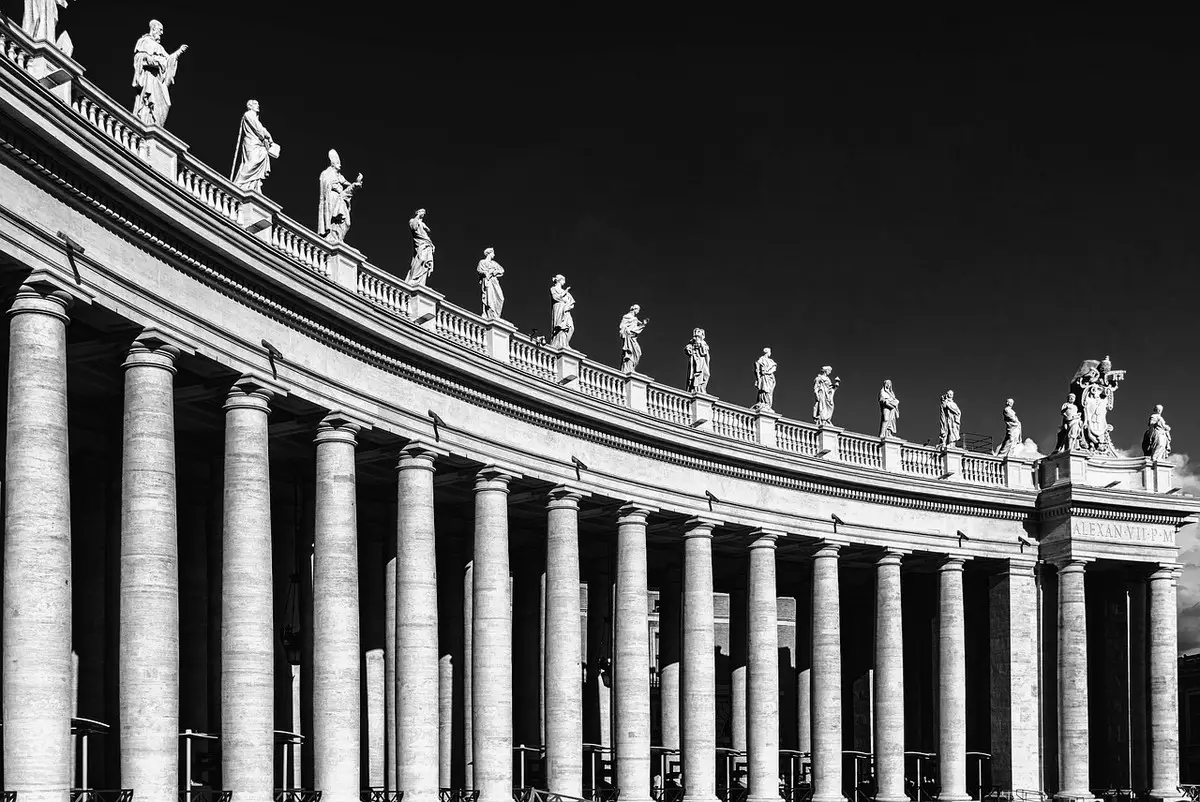How Greek and Roman architecture influenced modern architectures advice, Buildings guide
How Greek and Roman Architecture Influenced Modern Architecture
30 March 2020
Greek architecture was characterized by simplicity and proportion. That style went on to influence Roman architects. Classical architecture of the Greeks and Romans includes five main architectural orders including Doric, Tuscan, Ionic, Corinthian and Composite orders. Those are the orders on which much of modern architecture is based and can even be seen throughout the Western world including in some Jackpot Casino online Canadian casino sites.
Greece is often referred to as the cradle of the Western World. Ancient Greece’s architecture continues to influence modern architects as they plan classical and modern designs. Many of the basic elements of Greek architecture impact modern architecture.
Roman and Greek architecture strongly impacts the Neoclassical, Georgian Revival, Federal and Beaux-Arts styles. The use of the infrastructure concept was a long-standing symbol of two powerful peoples.
How Greek and Roman Architecture have influenced Modern Architecture
Greek Architecture
The main features of Greek architecture include Columns, friezes, pediments and proportional design. These are the elements that give the ancient Greek style its distinguishing character. The three recognized orders of Greek architecture include Doric, Ionic and Corinthian.
- Doric — plain columns with no base and an understated capital. Examples include the Parthenon and the Lincoln Memorial in Washington, D.C.
- Ionic — column with a base and a more elaborate scrolled capital. It also may include a solid frieze that’s either left plain or has some sculpture.
- Corinthian – more lavish than the other two, it’s known for its slender column with a rather intricate capital that is often strewn with stylized acanthus leaves. Decorative moldings are found throughout the design and the frieze is ornately sculpted.
Many of the terms that we use today originated with the Greeks. For instance, a pediment is often filled with relief sculpture. Cornice refers to the place just below the pediment — the triangular section that lies just above the frieze. A relief involves a method of sculpting that is completely attached and has the figures, subjects or adornments emerging from the stone. A triglyph is a carved panel, generally referred to as the Doric frieze, which suggests the base of a beam.
The colonnade is a popular modern architectural style that involves a row of columns supported by an entablature. This entablature encompasses the frieze, cornice and architrave while the columns serve as the base that holds up a roof.
The colonnade is one of the main features of Greek architecture. Some modern buildings that are based on this style include the Oslo Trading Building in Norway, the Ionic order columns that flank the Chamber of Commerce in Dougherty County, Georgia and the columned porches of old Southern plantations.
Roman Architecture
Roman architecture has left its own lasting impact on today’s building design. The Romans borrowed many of their earliest ideas from the Ancient Egyptians, Etruscans, Greeks and Persians. But Roman architects redirected the shape of architecture in their own way, especially regarding roads, public structures, infrastructure projects and other structures that were used by people from all levels of society.
Roman architecture peaked during the Pax Romana period, from 27 BC to 180 AD. During that time Rome facilitated many innovations in architecture that are still used to this day. One of those innovations involved the widespread use of concrete. Concrete was stronger than commonly-used marble and it could be easily decorated with multiple shapes that could be sculpted onto it (as opposed to a carving). Concrete was produced locally so it was cost-effective.
Rome was responsible for an intricate road system of their day as well as bridges and aqueducts and their infrastructure architecture was probably one of the most lasting influences that they had on future architectural design.
Throughout the years many iconic national monuments were designed to emulate the Roman period including Roman-like columns, arches and domes. Some of the sites that feature Roman-influenced architecture include Paris’s Arc de Triomphe and the Place Vendôme. In the U.S., the best-known example of Roman-influenced architecture is the White House.
Other examples of Roman-influenced U.S. architecture include Federal Hall in New York which features Doric columns and the interior of Union Station in Washington D.C. whose arches were inspired by Roman arches and the Jefferson Memorial.
Similarities and Differences
As mentioned, the most obvious similarity between Roman and Greek architecture is the use of the Ionic, Corinthian and Doric orders. The Corinthian order was developed by the Greeks but the Romans favored it and used it to construct more buildings than the Greeks did.
Roman architecture borrowed heavily from the Greeks, but over the long run the Romans showed themselves to be even more innovative and creative with the basic concepts that the Greeks gave them. They made innovative uses of vaulted ceilings and arches, leading to their standing as a major influence to modern architects.
Comments on the How Greek and Roman Architecture Influenced Modern Architecture advice article welcome
Major Scottish Buildings
Key Buildings in Scotland Articles – architectural selection below:
Historic Glasgow : best Glasgow architecture of the past
Glasgow Building Designs
Contemporary Glasgow Property Designs – recent architectural selection below:
Glasgow Custom House Development
Comments / photos for the How Greek and Roman Architecture Influenced Modern Architecture page welcome






